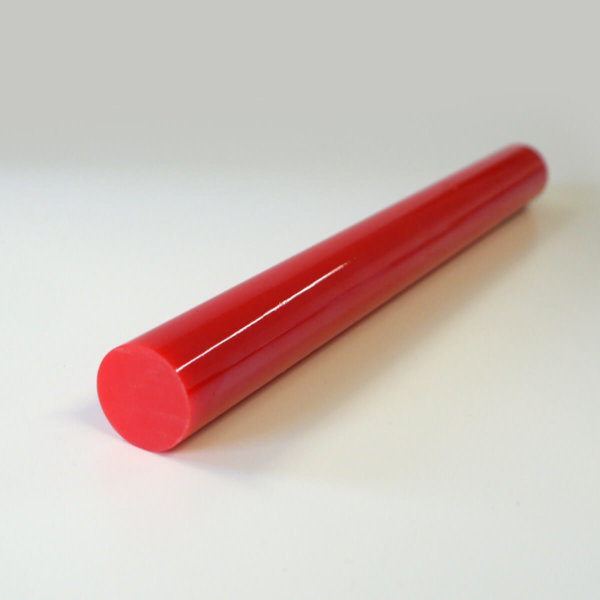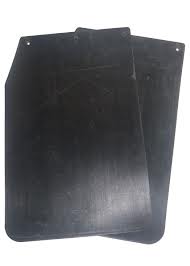If you’ve been asking yourself the question,” What is tensile strength?”, then you’ve come to the right place. In this article, we explain what tensile strength is, why it’s important, and how you measure it.
Tensile strength is a crucial mechanical property that measures the resistance of a material to breaking under tension. In the context of polyurethane, tensile strength refers to the maximum amount of tensile stress the material can withstand before it ruptures or fails. It is an important characteristic to consider when evaluating the performance and suitability of polyurethane in various applications. In this blog post, we will explore what tensile strength is in polyurethane and why it holds significant importance.
Polyurethane is a versatile polymer that exhibits exceptional mechanical properties, including high tensile strength. Tensile strength is measured by subjecting a standardized test specimen of polyurethane to an applied force in tension until it reaches its breaking point. The force required to break the specimen is then measured, and the tensile strength is expressed in units of pressure, such as pounds per square inch (psi) or megapascals (MPa).
Why is Tensile Strength Important in Polyurethane?
Structural Integrity and Durability
Tensile strength (TS) directly impacts the structural integrity and durability of polyurethane products. High TS ensures that the material can withstand significant loads and forces without deforming or breaking. It is particularly crucial in applications where the polyurethane is subjected to constant or cyclic tensile stresses, such as in load-bearing components or flexible seals.
Load-Bearing Capabilities
Polyurethane is widely used in applications where it needs to support or bear loads, such as in industrial machinery, automotive components, and construction materials, like conveyor belt rollers, guide wheels, and scraper blades. High TS allows polyurethane to handle these loads effectively, preventing premature failure or deformation.
Resistance to Mechanical Stress
Polyurethane parts are often subjected to various types of mechanical stress, including tension, compression, bending, and torsion. Tensile strength plays a vital role in determining how well polyurethane resists such stresses. A higher TS ensures that the material can withstand the applied forces without breaking or undergoing excessive deformation.
Flexibility and Elasticity
Polyurethane is known for its excellent flexibility and elasticity, allowing it to recover its shape after being stretched or compressed. Tensile strength influences the material’s ability to resist permanent deformation when subjected to tensile forces. High TS helps maintain the elasticity and shape memory of polyurethane over extended periods of use.
Safety and Reliability
Tensile strength is a critical factor in ensuring the safety and reliability of polyurethane-based products. It ensures that the material can withstand the expected loads, forces, or impacts without compromising its structural integrity. Products with sufficient TS are less likely to fail, leading to enhanced safety and reliability in various applications.
Material Selection and Design Optimization
Understanding the tensile strength of polyurethane aids in material selection and design optimization processes. By considering the required tensile strength for a specific application, engineers and designers can choose the appropriate polyurethane formulation or grade. This allows for the development of optimized designs that balance mechanical performance, cost-effectiveness, and manufacturing feasibility.
In summary, tensile strength is a crucial mechanical property in polyurethane, reflecting its ability to withstand tension and resist breaking. It impacts the structural integrity, durability, load-bearing capabilities, resistance to mechanical stress, flexibility, and overall safety of polyurethane products.
By considering tensile strength during material selection and design processes, engineers and designers can ensure the suitability and reliability of polyurethane in various applications.
Read more:What is MOCA in Polyurethane?
How is tensile strength measured?
Tensile strength is measured using a standardized testing method called a tensile test, also known as a tension test or a pull test. This test determines the maximum tensile load a material can withstand before breaking or undergoing significant deformation.
The tensile test involves the following steps:
Specimen Preparation
A standardized test specimen is prepared from the material being tested. The specimen is typically in the form of a dumbbell-shaped sample, with a narrower cross-section in the center and wider regions at each end. The dimensions and shape of the specimen are defined by relevant industry standards.
Mounting the Specimen
The specimen is securely mounted in a testing machine, such as a universal testing machine. The machine has gripping mechanisms that hold the specimen in place during the test. Care is taken to ensure that the specimen is aligned properly so that the tensile forces are applied evenly.
Applying Tensile Force
The testing machine applies an increasing tensile force to the specimen at a controlled rate. The force is typically applied in a single direction along the longitudinal axis of the specimen. As the force is applied, the machine measures the resulting elongation or deformation of the specimen.
Recording Load and Deformation
During the test, the testing machine records the applied load and the corresponding deformation or elongation of the specimen. This data is captured continuously throughout the test until the specimen fractures or reaches a predetermined limit.
Calculation of Tensile Strength
Once the test is completed, the maximum force recorded just before the specimen breaks is noted. The cross-sectional area of the narrow region of the specimen is measured precisely. The tensile strength is then calculated by dividing the maximum force by the cross-sectional area of the specimen. The resulting value represents the tensile strength of the material, typically expressed in units of pressure, such as psi or MPa.
It’s important to note that tensile testing can provide additional information beyond tensile strength, such as yield strength, modulus of elasticity, and elongation at break. These properties help characterize the material’s behavior under tension and provide insights into its mechanical properties.
Tensile testing is a widely accepted and standardized method for measuring tensile strength in various materials, including metals, plastics, rubber, and composites. The results obtained from tensile tests are valuable for material selection, quality control, and engineering design purposes, as they provide critical information about a material’s mechanical performance and its suitability for specific applications.
Want to find out how much it will cost to make your products?




